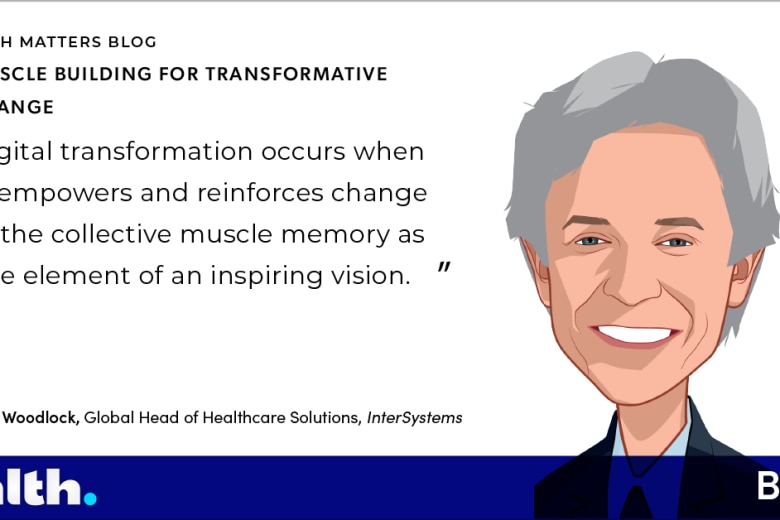Have you ever bumped into the same obstacle—maybe a sharp edge or a rise in the floor—over and over again? That’s precisely what life sciences organizations have done for years when it comes to how they use data. But instead of walking away with a stubbed toe or a headache, this persistent challenge forces pharmaceutical companies to burn more time and resources to get drugs to market. Patients, meanwhile, miss out on potentially life-saving treatments.
Take it from Matthew Stannard, life sciences advisor to InterSystems. After 20 years in all corners of the life sciences space, he understands the challenges and opportunities facing drug makers. This week on Healthy Data, a podcast series by InterSystems, we speak with Matt to learn more about how life sciences organizations can leverage data, analytics, and artificial intelligence to improve their operations.
Here are a few key points from the conversation.
- Clinical trials are facing a classic case of “two ships passing in the night.” Life sciences stakeholders can’t find participants to meet enrollment goals, even as they overlook patients who need the drug in question.
- Disparate data silos are, at least in part, to blame. Access to data from many electronic health records, retrospectively and in real time, and real-world evidence can help solve life sciences’ data challenges.
- The benefits of embracing data and technology are clear: Patients survive, and life sciences companies thrive. It’s all thanks to access and efficiency.
And COVID-19 has only exacerbated efforts to connect patients with clinical trials, Matt notes. The pandemic has disrupted operations within hospitals and life sciences organizations, leaving a major backlog that threatens further delays for critical drugs.
If the need for life sciences to get creative with data was urgent before, it’s essential now. But the good news is that despite decades of data hardship, drug manufacturers have the ability to embrace tools that could usher in a new age of life sciences innovation.
Take the first step on that journey with Matt and us today on Healthy Data.
About the Hosts / Authors

Jack Murtha is a digital storyteller who specializes in the intersection of healthcare and technology. Connect with Jack on Twitter.

Amid relentless hype, Tom Castles is drawn to those who take relentless action. For more than a decade, he has made a living helping action-oriented people and institutions craft their stories and build strategies that position them to earn the attention they deserve—all in the name of progress toward a more equitable world. Want to catch up? Connect with Tom on Twitter.




































